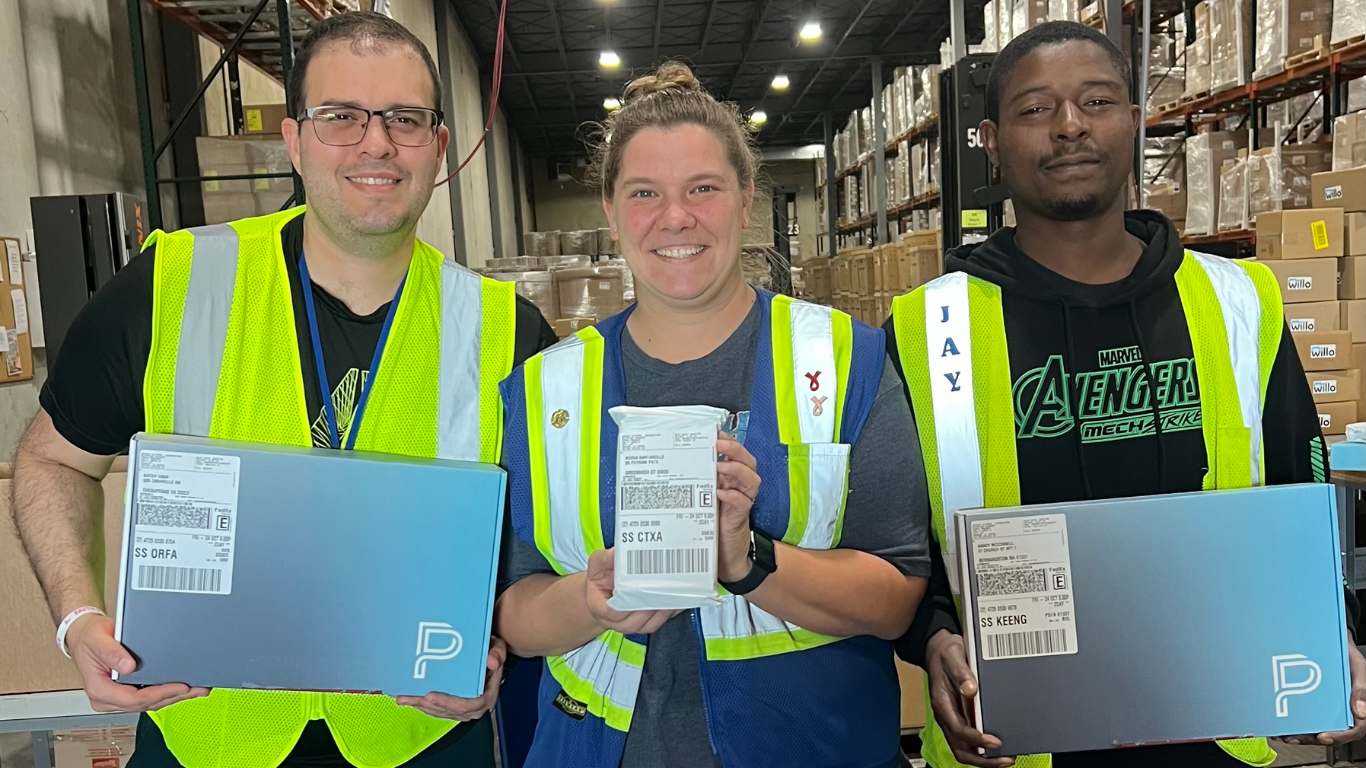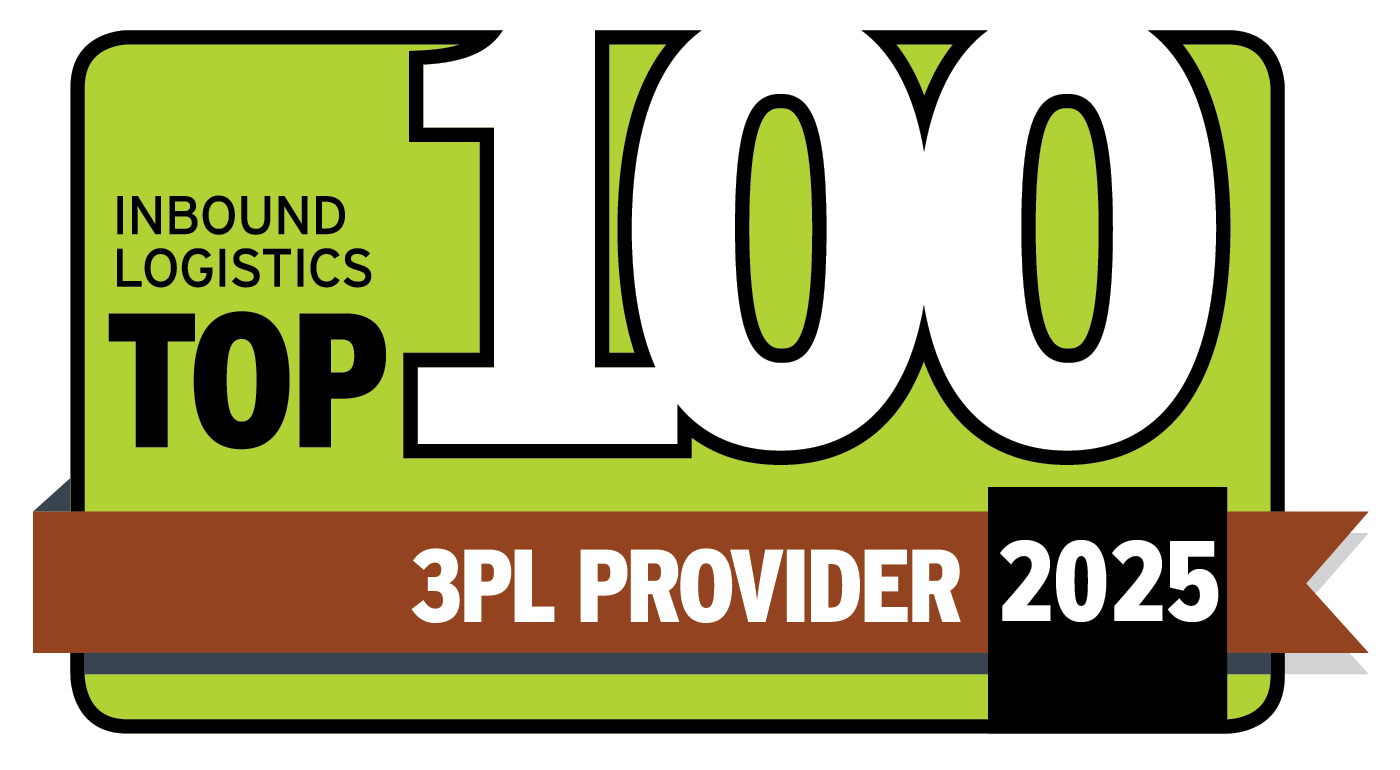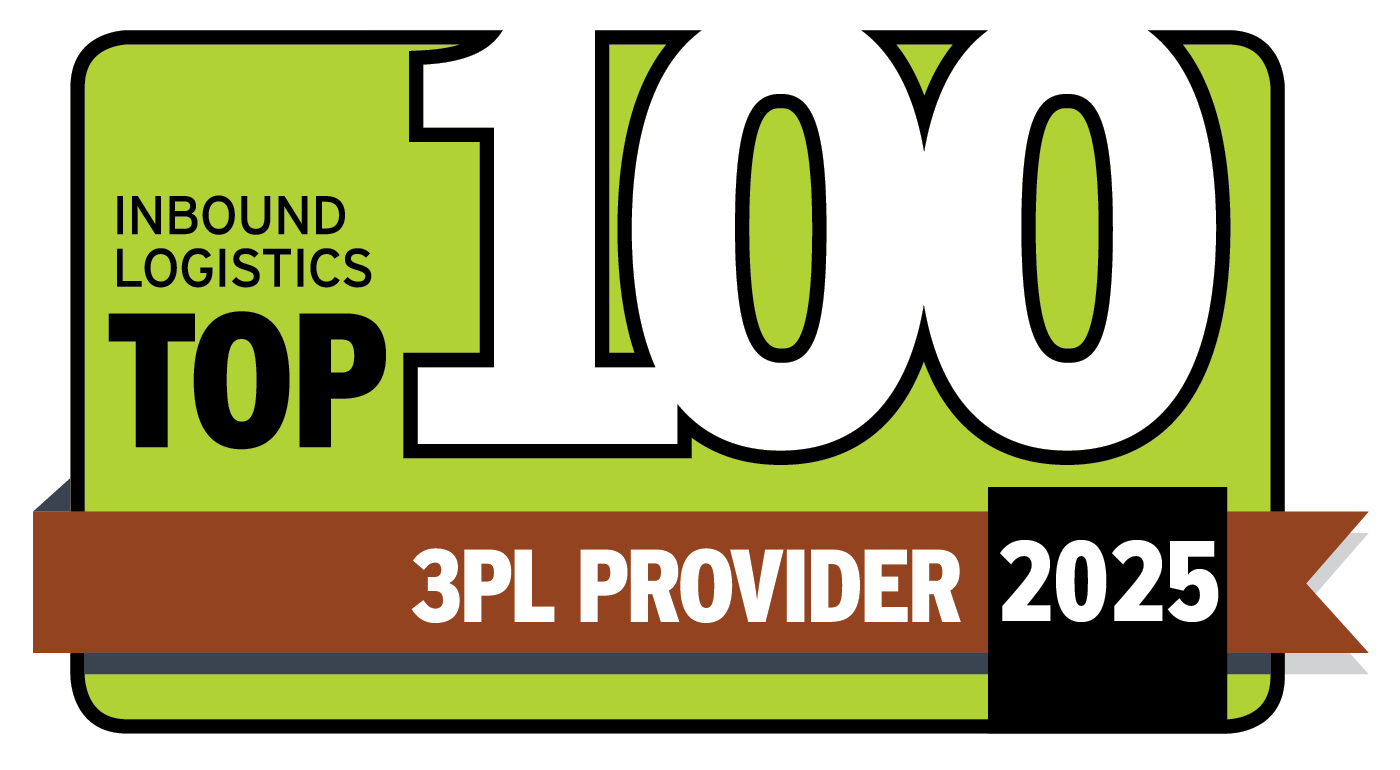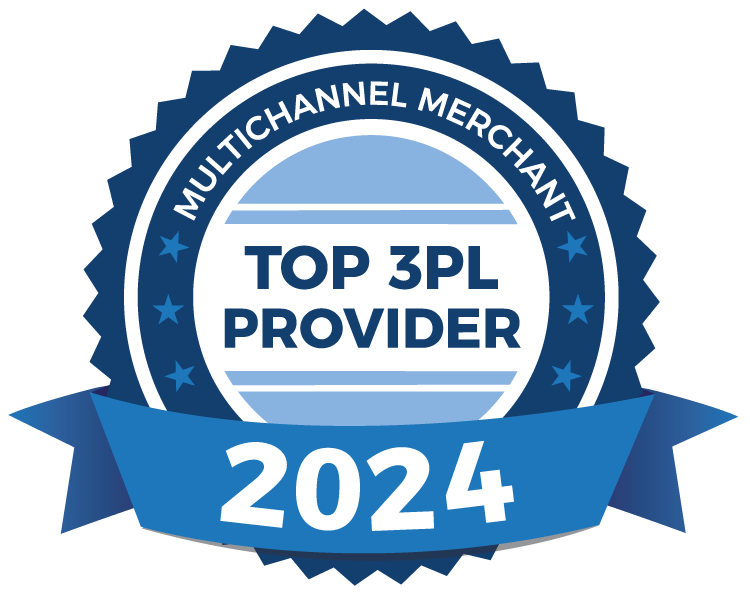Elevating Performance: The Power of Integrating Multi-tiered Pick Modules and Robotic Picking Systems in the Realm of Footwear, Apparel, and Compact Inventory
Unleashing the Potential of Advanced Warehouse ��ɫ����: Revolutionizing Footwear, Apparel, and Compact Inventory Management
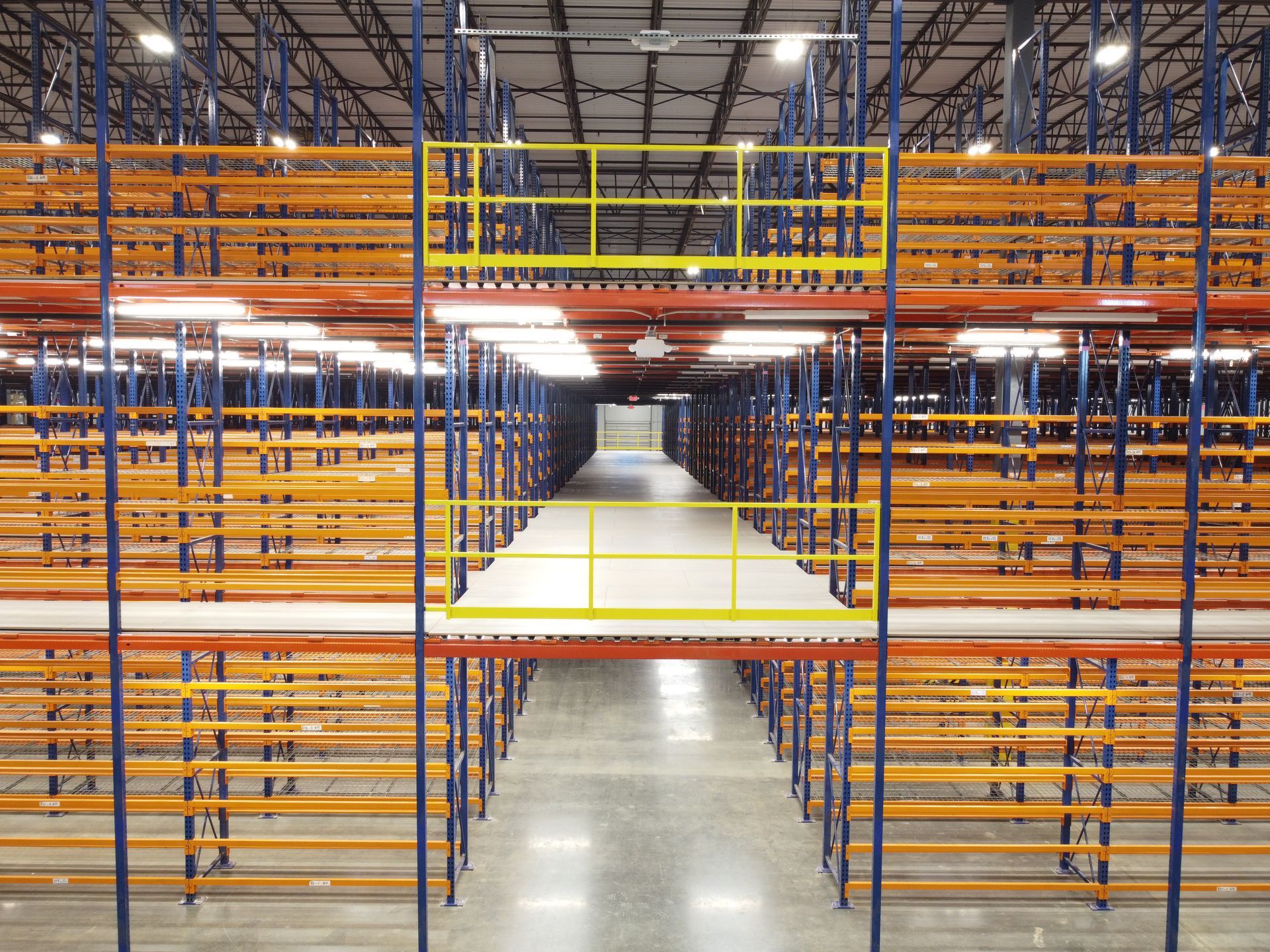
The relentless pursuit of efficiency in the e-commerce domain necessitates the adoption of groundbreaking strategies and technologies to bolster warehouse operations. One such approach involves the amalgamation of multi-tiered pick modules and robotic picking systems. This article delves into the myriad advantages of embracing this sophisticated technology, accentuating its impact on units per hour (UPH) and productivity, particularly within the footwear, apparel, and small-dimension inventory sectors.
The Art of Optimizing Space Utilization
Multi-tiered pick modules ingeniously maximize vertical storage space, leading to a streamlined and systematic organization of products. These structures, tailored to the specific requirements of footwear, apparel, and compact inventory items, facilitate a seamless and efficient picking process. The intelligent use of space translates into reduced operational costs and enhanced productivity.
The Symphony of Robotic Picking
The integration of state-of-the-art robotic picking systems, such as Locus and 6RS, represents a paradigm shift in warehouse operations. These autonomous machines harmonize with human workers, orchestrating a dynamic, high-precision picking process. The result is a dramatic increase in UPH and an elevated level of productivity that surpasses traditional manual labor.
The Pursuit of Accuracy and Speed
In an era where customer satisfaction hinges on prompt and accurate order fulfillment, robotic picking systems provide a compelling solution. The marriage of multi-tiered pick modules and robotics yields a substantial reduction in picking errors, ensuring that customer expectations are met or exceeded. The fusion of accuracy and swiftness reinforces brand reputation and fosters customer loyalty.
The Adaptability to Fluctuating Demand
One of the most formidable challenges faced by e-commerce businesses is the ever-changing nature of consumer demand. By incorporating multi-level pick modules and robotic picking systems, companies can swiftly adapt to fluctuations in order volumes. The inherent flexibility of these technologies enables businesses to accommodate seasonal peaks and troughs, thereby sustaining productivity and meeting customer expectations.
The Catalyst for Human Resource Efficiency
The implementation of robotic picking systems not only bolsters productivity but also empowers the human workforce. By automating repetitive and labor-intensive tasks, employees can focus on more strategic and value-added activities. This shift engenders a more engaging and fulfilling work environment while simultaneously driving business growth.
The fusion of multi-tiered pick modules and robotic picking systems heralds a new era of efficiency, innovation, and productivity in the realm of footwear, apparel, and small-dimension inventory management. By embracing this cutting-edge technology, businesses can elevate their performance, augment their UPH, and foster an atmosphere of unparalleled customer satisfaction.
Embark on a transformative journey by integrating these advanced solutions into your warehouse operations. Contact our team of experts to explore how multi-level pick modules and robotic picking systems can revolutionize your e-commerce fulfillment strategy and propel your business to unprecedented heights.
Recent Blog Posts

